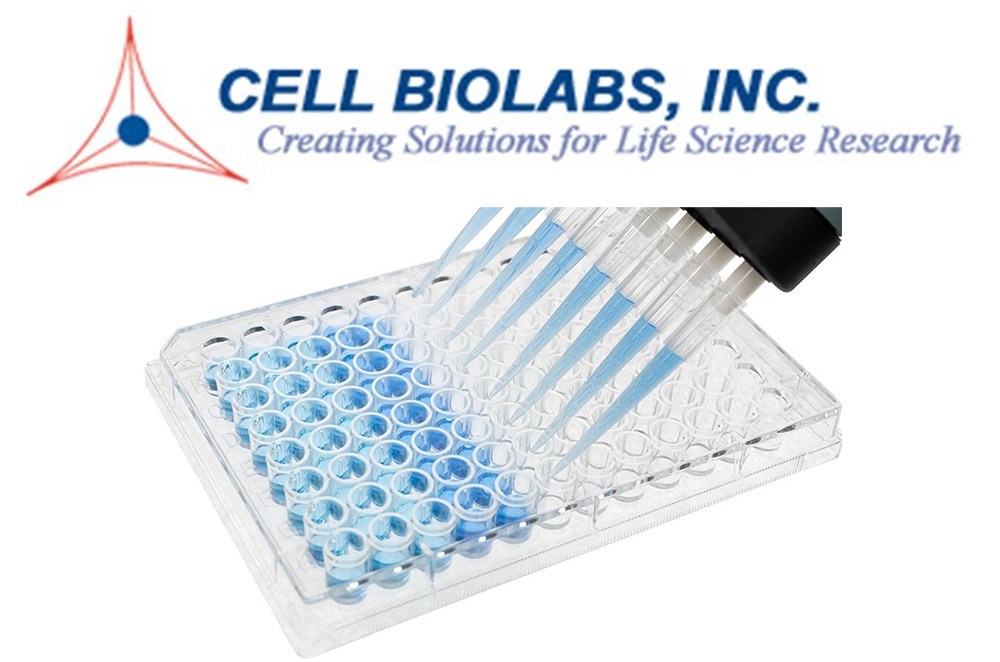OXISELECT BPDE DNA ADDUCT ELISA KIT
LDL, called "bad cholesterol," is even more dangerous when oxidized. Oxidized LDL (OxLDL) is more reactive with surrounding tissues and can accumulate within the inner lining of the arteries. Macrophages, cholesterol, and other lipids can build up at the site (atherosclerosis), eventually forming plaque that can lead to heart attack, stroke, or death.
LDL oxidation affects both the lipid and protein components of LDL. OxiSelect Human Oxidized LDL ELISA kits are enzyme immunoassays developed for the detection and quantification of human oxLDL in plasma, serum, or other biological fluid samples. The kits contain a copper-oxidized LDL standard against which unknown samples can be compared. This oxidized LDL assay kit is configured to selectively measure oxLDL in HNE-LDL.
Introduction: Lipoproteins are submicroscopic particles composed of lipids and proteins joined by non-covalent forces. Its general structure is that of a putative spheroidal microemulsion formed from an outer layer of phospholipids, unesterified cholesterol, and proteins, with a core of neutral lipids, predominantly cholesteryl esters and triacylglycerols (TAGs). Low-density lipoprotein (LDL) is the main cholesterol-carrying protein in human plasma. LDL is a spherical particle with a diameter of 20-25 nm. Each LDL particle contains cholesteryl esters in its core that are surrounded by a hydrophilic shell composed of phospholipids, cholesterol, and a hydrophobic protein molecule known as apolipoprotein B-100 (Figure 1).

LDL cholesterol, sometimes called "bad" cholesterol, is even more dangerous when oxidized. Oxidized LDL (OxLDL) is more reactive with surrounding tissues and can accumulate within the inner lining of the arteries. Macrophages, cholesterol, and other lipids can build up at the site (atherosclerosis), eventually forming plaque that can lead to heart attack, stroke, or death.
LDL oxidation affects both the lipid and protein components of LDL. Reactive aldehyde products formed during the oxidation of polyunsaturated fatty acids, such as malondialdehyde (MDA) and 4-hydroxynonenal (HNE), are capable of covalently bonding to the epsilon-amino groups of the lysine residues of ApoB-100 to form MDA-Lys. and HNE-Lys adducts (MDA-LDL and HNE-LDL). Advanced glycosylation, such as the formation of CML-LDL and CEL-LDL, is also involved in LDL oxidation.
The OxiSelect Human Oxidized LDL ELISA Kit is an enzyme immunoassay developed for the detection and quantification of human OxLDL in plasma, serum, or other biological fluid samples. The kit contains a copper-oxidized LDL standard and has a detection sensitivity limit of ~150 ng/mL. Each kit provides enough reagents to run up to 96 assays, including standard curve and unknown samples.
